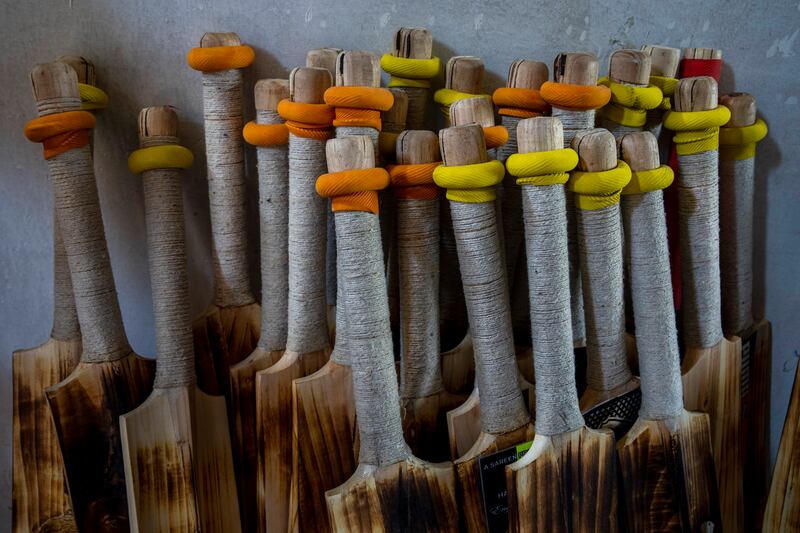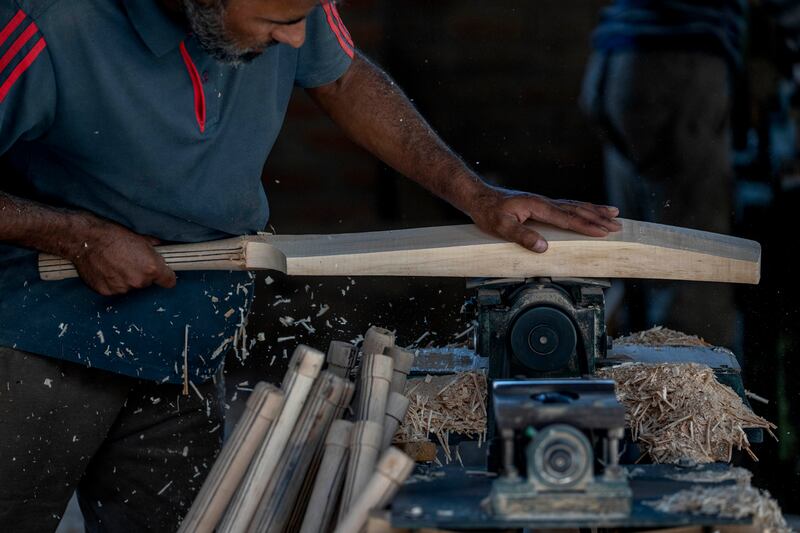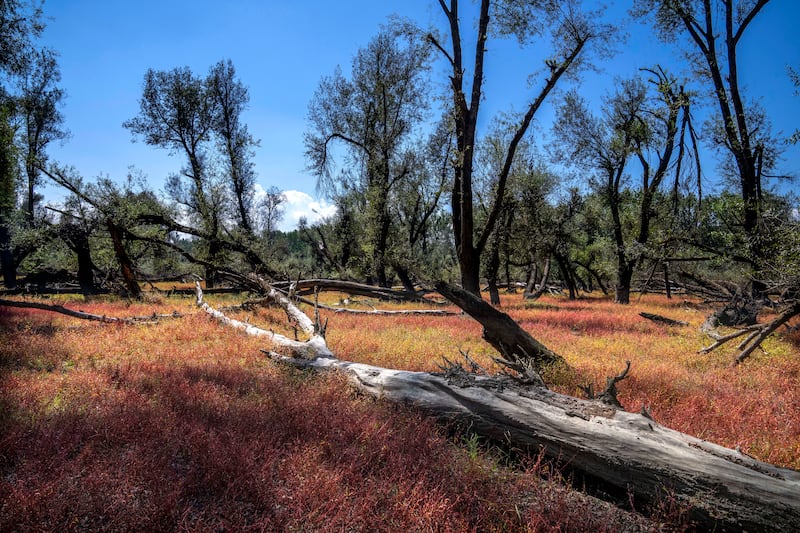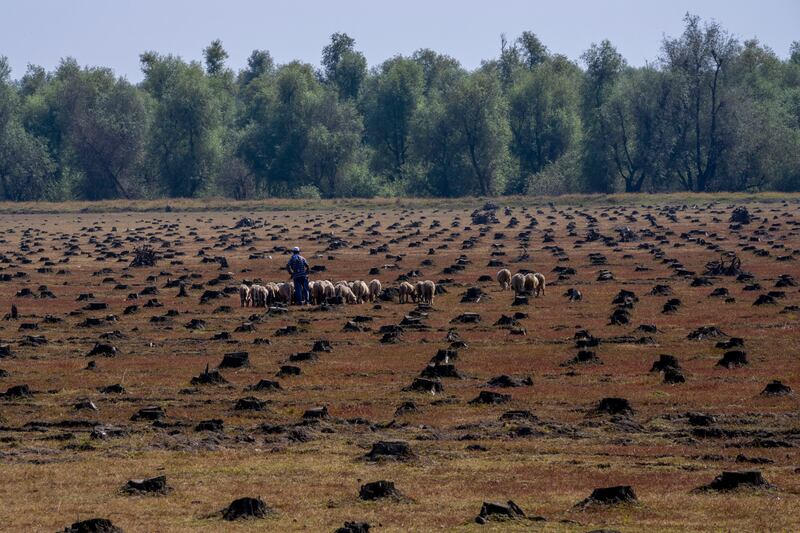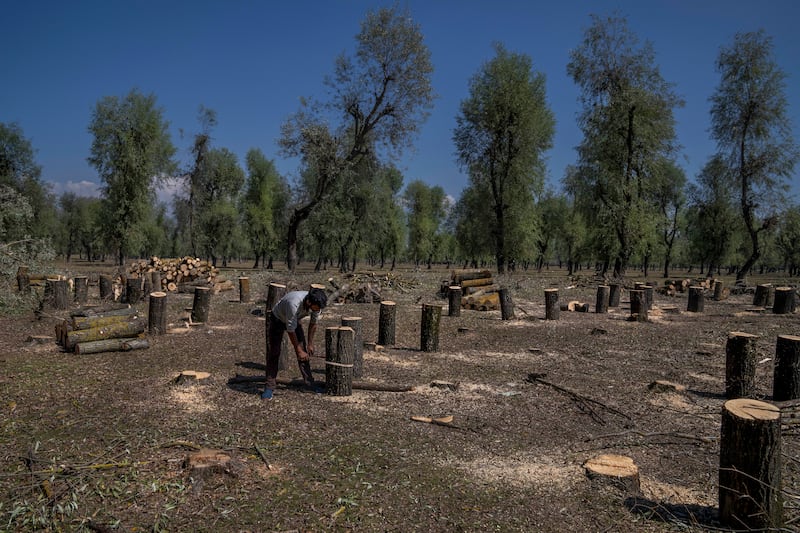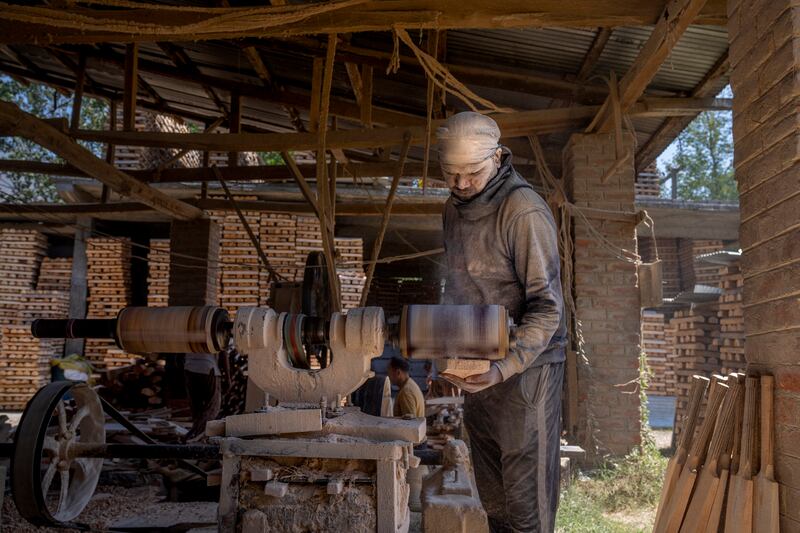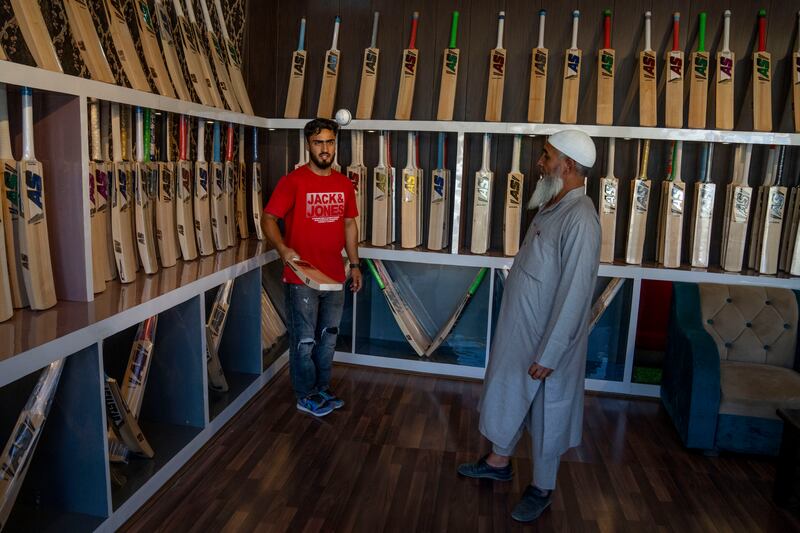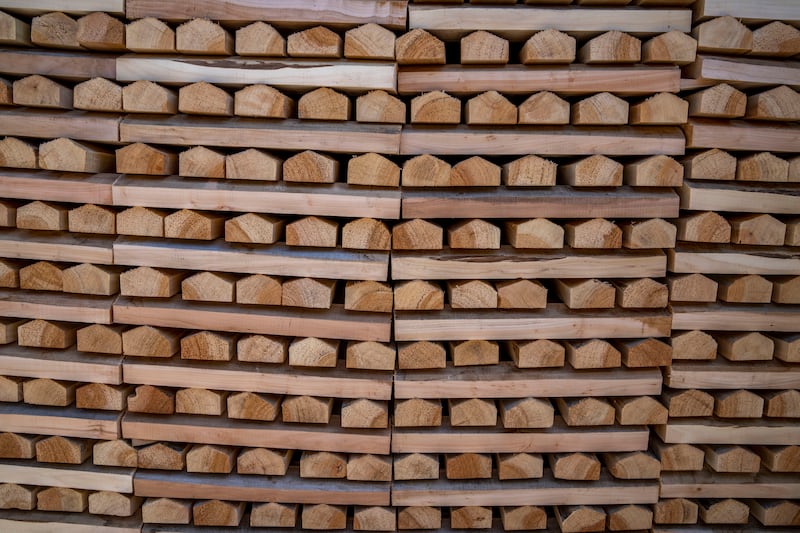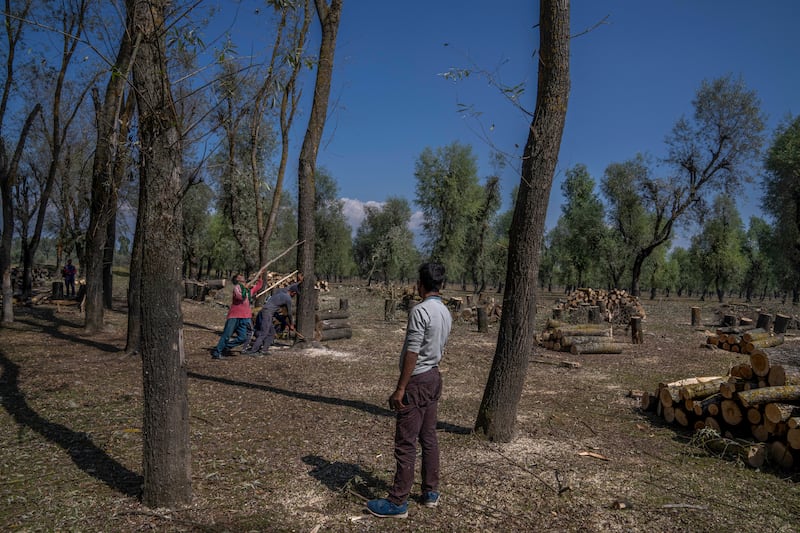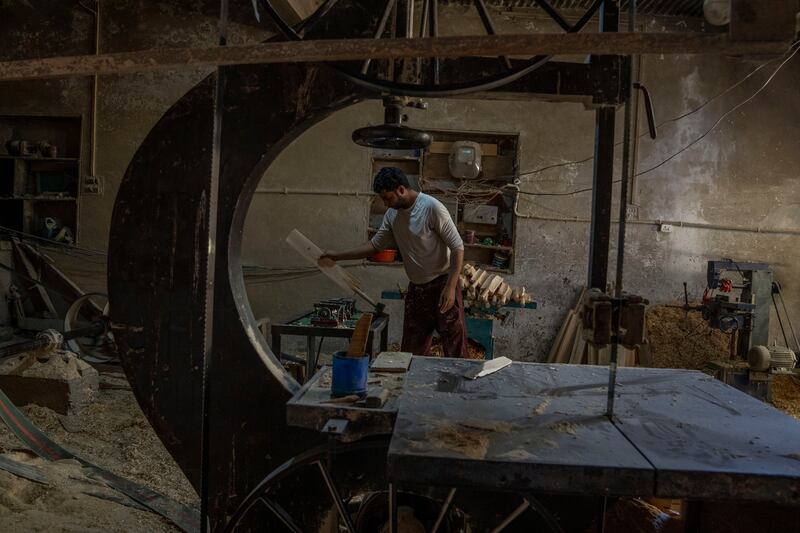Kashmir's sleepy Sangam village may not look as though it has any claim to international fame, but it is where some of the world's best cricket bats are made.
Lines of shops display neat stacks of willow wood. Behind sit small manufacturing units, where that wood is hand-made into the equipment that finds its way to playing fields across India and other cricket-playing nations.
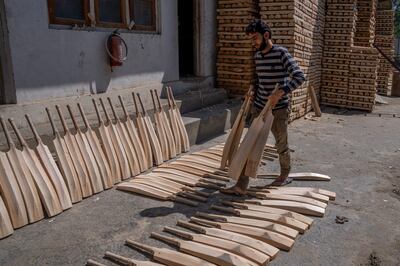
Those bats are becoming increasingly hard to come by, however, as Kashmir's dwindling willow plantations continue to affect the region's famed industry, risking the supply in India, where the sport is huge.
Thousands of willow trees were planted in the Himalayan region by the British in the early 19th century to maintain the supply of firewood during Kashmir's harsh winters. Decades later, locals kept planting them to make cricket bats.
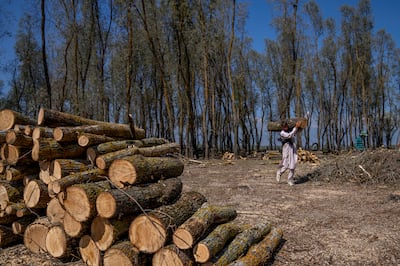
Today, more than 10,000 people work in the industry, which produces nearly one million bats a year.
Most are sold to Indian tourists, but the rest are exported. Demand grew after Kashmir willow bats were introduced during the ICC World T20 competition in Dubai last year, says Fawzul Kabeer, who owns a company that exports cricket bats.
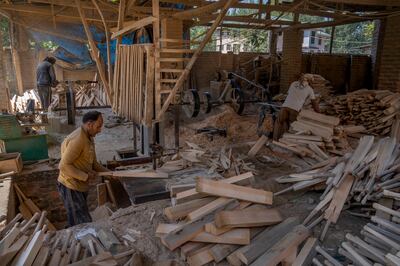
But as willow becomes more difficult to source, farmers have begun planting poplars instead, because the faster-growing tree is preferred by the booming plywood industry.
It's a problem that primarily affects India and surrounding countries, who rely on the more affordable Kashmir-made bats, while international players rely on bats made from imported English willow.
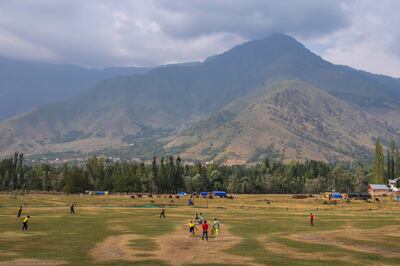
“There will be no bats produced in Kashmir in the coming years if the shortage continues,” Mr Kabeer says. “The trees are being cut in large numbers and no one is planting them again."
